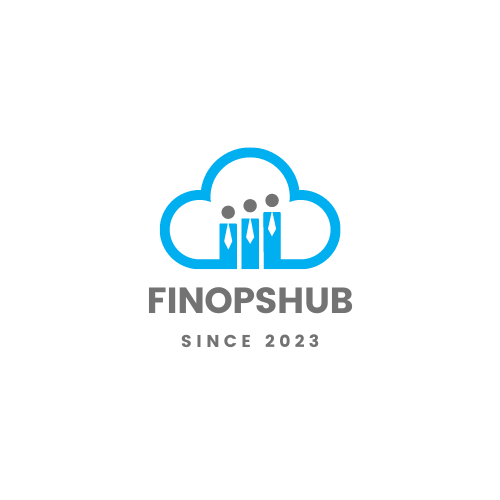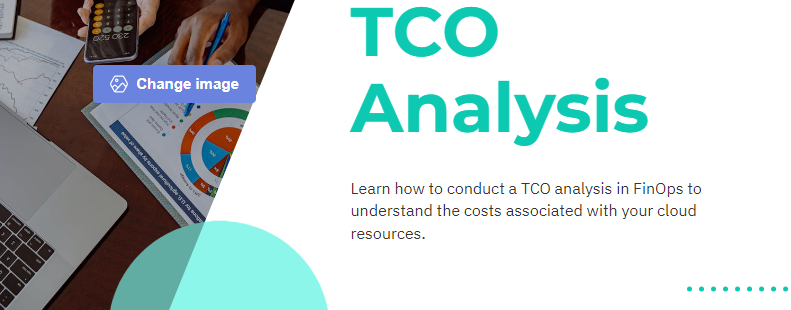Grasping the essentials of Total Cost of Ownership (TCO) analysis in FinOps is vital for businesses striving to optimize their cloud financial management through FinOps. In reality, the intricacies of TCO enables companies to make informed decisions about their cloud investments, ensuring they maximize value and control costs effectively.
Why does Total Cost of Ownership Matters?
Total Cost of Ownership (TCO) represents the complete sum of all costs associated with acquiring, operating, and maintaining an asset over its entire lifecycle. This concept goes beyond the initial purchase price, encompassing direct and indirect expenses incurred during the asset’s lifespan.
Typically used by companies to evaluate the true cost of business investments, TCO analysis can significantly influence purchasing decisions by highlighting long-term financial implications.
In the context of cloud computing, TCO includes costs related to adopting, operating, and managing cloud infrastructure. This holistic view helps businesses assess the economic impact of migrating to the cloud versus maintaining on-premises systems.
Key Components of TCO in Cloud Computing
A thorough TCO analysis in FinOps should consider the following components:
- Initial Purchase Price: The cost of acquiring cloud services or infrastructure.
- Operational Costs: Expenses for running and maintaining cloud services, including personnel, energy, and management tools.
- Maintenance Costs: Ongoing expenses for updates, patches, and security measures.
- Disposal Costs: Costs involved at the end of the asset’s lifecycle, such as data migration and decommissioning.
Step-by-Step Process: Total Cost of Ownership (TCO) Analysis in FinOps
Conducting a TCO analysis within the FinOps framework involves the following steps:
- Define the Scope:
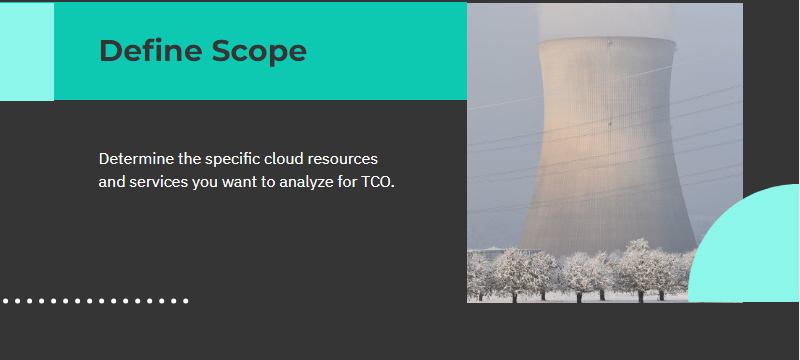
- Identify the cloud services, applications, or infrastructure you want to analyze.
- Determine the timeframe for the analysis, typically 3-5 years.
2. Gather Cost Data:
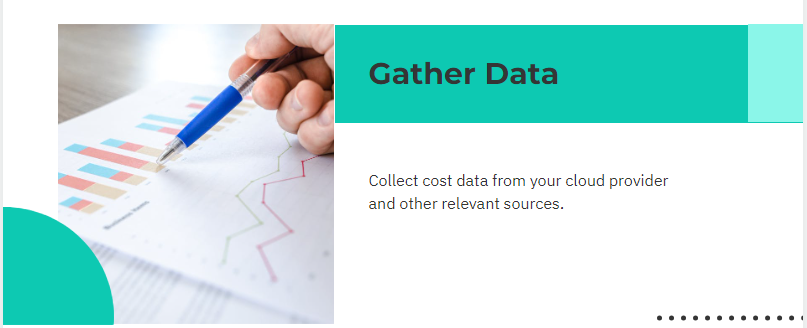
- Collect data on all cost components, including initial purchase, operational, maintenance, and disposal costs.
- Use cloud provider cost management tools or third-party FinOps tools to aggregate and categorize expenses.
3. Calculate Total Costs:

- Sum up the costs over the defined period to get the total cost of ownership.
- Include hidden costs like downtime, training, or compliance-related expenses.
4. Compare Alternatives:
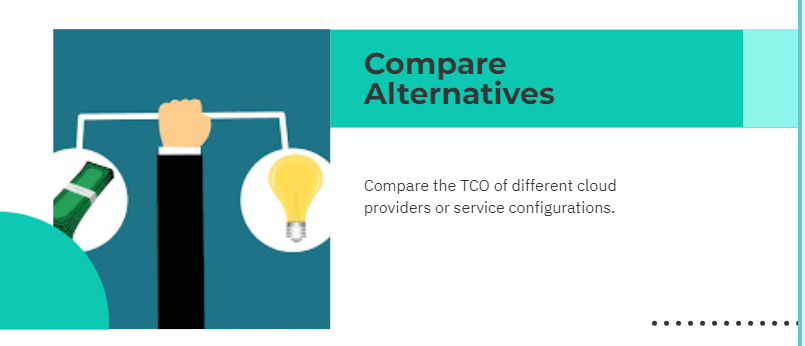
- Evaluate the TCO of different cloud providers or on-premises solutions.
- Consider scalability, performance, and vendor lock-in when comparing options.
5. Analyze and Interpret Results:
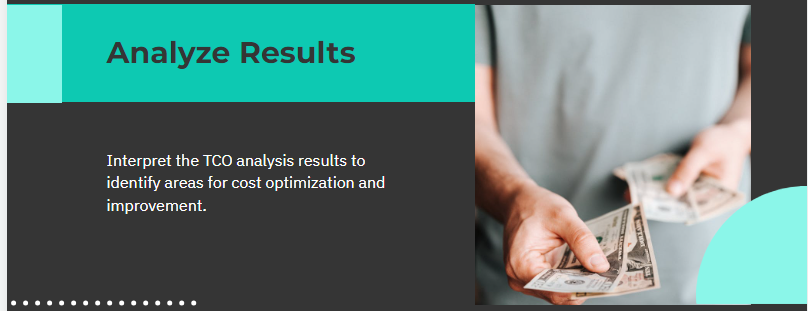
- Identify areas where costs can be reduced or optimized.
- Use the TCO analysis to inform cloud budgeting, forecasting, and strategic decision-making.
TCO Application Scenario/Example: Cloud Migration vs. On-Premises
Consider a company evaluating whether to migrate its on-premises data center to the cloud. The company compares the total costs over five years for both options with TCO:
| Cost Component | On-Premises (5 Years) | Cloud Migration (5 Years) |
|---|---|---|
| Initial Purchase | $500,000 | $100,000 |
| Operational Costs | $200,000 | $250,000 |
| Maintenance Costs | $150,000 | $50,000 |
| Disposal Costs | $50,000 | $10,000 |
| Total TCO | $900,000 | $410,000 |
The analysis reveals that cloud migration offers significant savings over the five-year period, making it the more cost-effective option.
Importance of TCO in Decision Making
Understanding Total Cost of Ownership (TCO) analysis in FinOps is crucial for making informed business decisions, particularly in managing cloud financial strategies within FinOps. Here’s how TCO analysis benefits organizations:
- Strategic Decision-Making: TCO analysis helps businesses choose the most cost-effective solutions, aligning investments with long-term goals (Spanning).
- Optimized Cloud Spending: It uncovers hidden costs and potential savings, enabling better resource allocation.
- Enhanced Budgeting and Forecasting: Accurate TCO insights improve financial planning and forecasting, ensuring efficient use of resources.
- Clearer ROI Analysis: A comprehensive view of costs allows for precise ROI calculations, ensuring investments deliver value over time.
- Cost Transparency: Detailed TCO analysis provides transparency, supporting financial accountability across the organization.
Implementing FinOps for Cloud Financial Management
Implementing FinOps is essential for optimizing cloud financial management. By focusing on key metrics and improving financial accountability, you can make informed decisions that align financial strategies with operational goals.
Key Metrics in Cloud Financial Management
Effective cloud financial management hinges on understanding several key metrics (Softjourn):
- Total Cost of Ownership (TCO): Comprehensive assessment of the total cost to own and operate cloud services.
- Cost per User: Average cost incurred per user utilizing cloud resources.
- Cost per Transaction: Cost associated with each transaction or operation executed in the cloud.
- Return on Investment (ROI): Measurement of the profitability of investments in cloud infrastructure.
Improving Financial Accountability through FinOps
FinOps practices aim to improve financial accountability within your organization. The FinOps Foundation outlines six core principles that guide these practices (Spot.io):
- Collaboration
- Visibility
- Accountability
- Reporting
- Centralization
- Optimization
The FinOps lifecycle consists of three iterative phases:
- Inform: Gather data and create visibility into cloud spending.
- Optimize: Identify areas for cost savings and improve resource utilization.
- Operate: Implement controls and automate processes to sustain cost efficiency.
By integrating these practices, you can enhance transparency and accountability, leading to better alignment between financial strategies and operational goals.
Why Optimize Your Cloud Investments with TCO Analysis
Conducting a TCO analysis within the FinOps framework empowers your organization to make strategic decisions that optimize cloud investments and drive long-term success. By focusing on the full lifecycle of costs and aligning them with FinOps principles, you can ensure your cloud financial management is both efficient and effective.
For more insights on enhancing your cloud financial management, explore our articles on the FinOps lifecycle and cloud budgeting and forecasting.
